So what is an NFT? NFT is short for Non-fungible tokens... Non-fungible is a an item that cannot be directly traded like a cryptocurrency such as Bitcoin and Ethereum (those are fungible).
An NFT or Non-fungible tokens are cryptographic (that means only the sender and the person who gets the message is allowed to gain access) digitalized content linked on a blockchain that has a unique identification code to tell them from others. Sounds simple enough but there is much more to learn about...
The question you may want to be asking is... are NFTs worth the money (or the hype)?
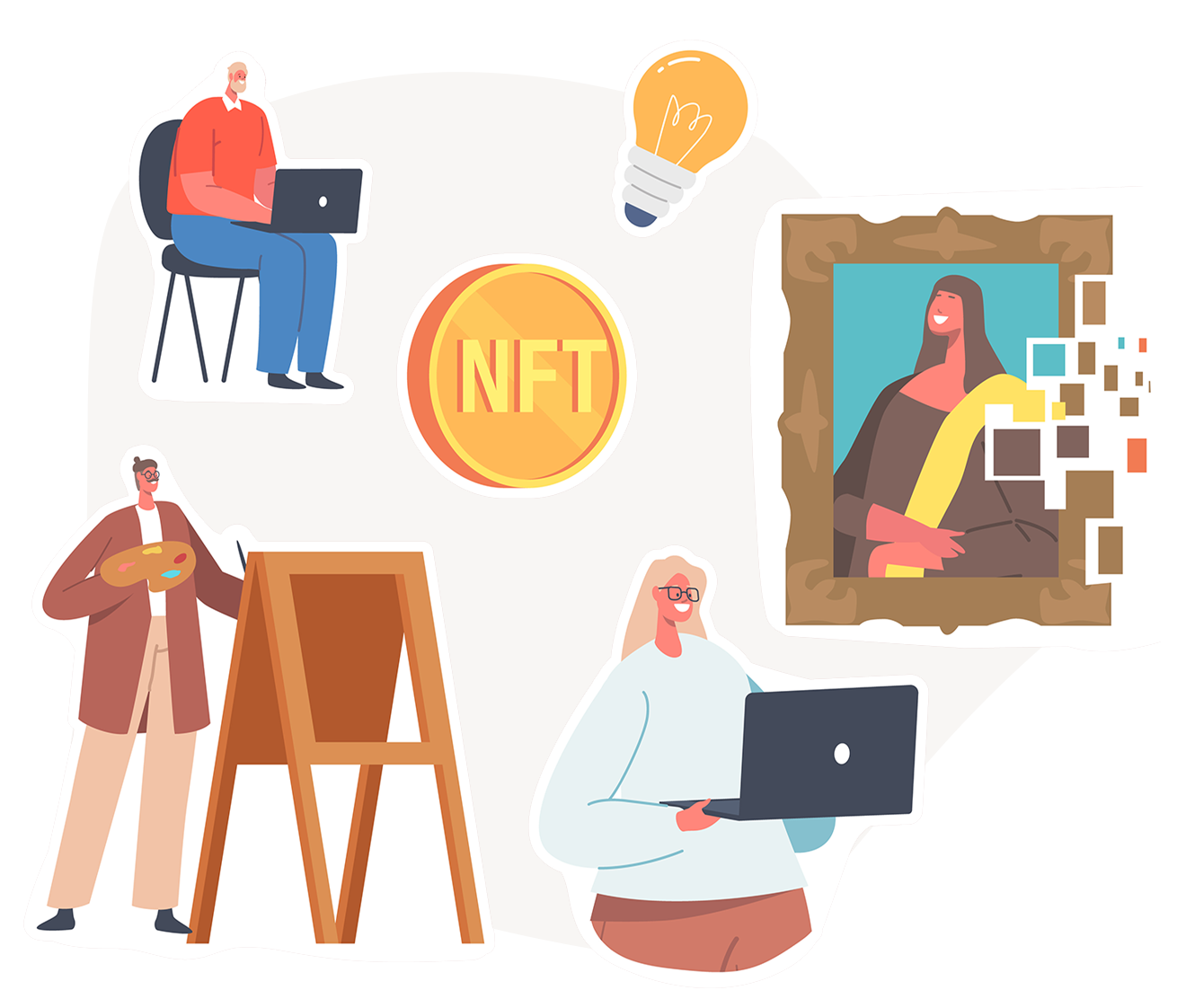
Some experts feel they are “a bubble poised to pop,” while others believe NFTs are going to change investing forever.
From music and art to everyday items like toilet paper, these digital assets are “selling like 17th Century exotic Dutch tulips,” say Forbes writers Robyn Conti and John Schmidt.
In this article, we’ll take a close look at what NFTs are, how they can help your business and so much more. So, you already got the simple explanation but what 'exactly' is an NFT? Now if you are familiar with the basics of NFTs you may want to hop over and read our post: How To Get Started In NFT’s And Turn A Profit
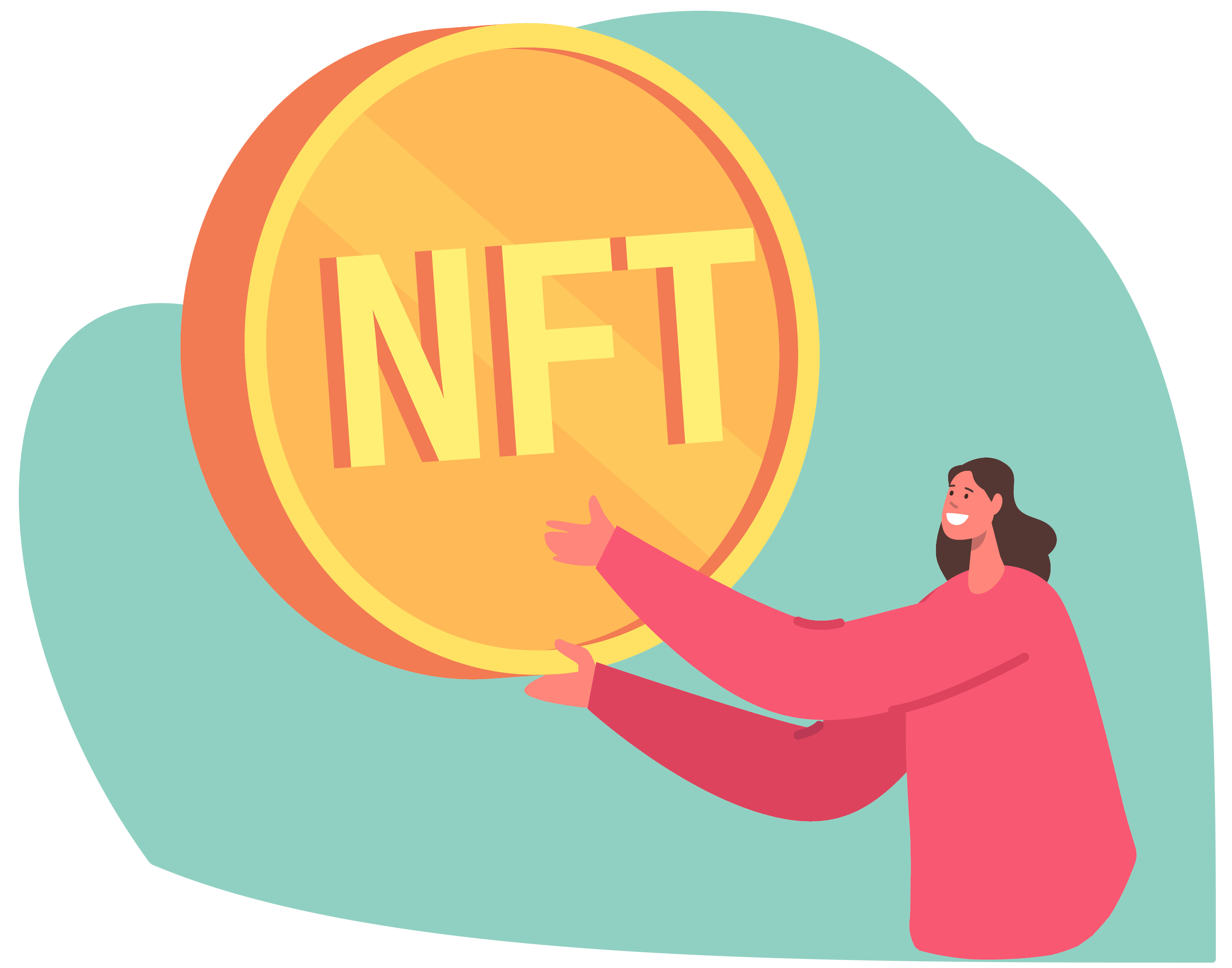
NFTs Explained
Let's go more in-depth into what an NFT is...
It’s a digital asset that represents some real-world object like music, art, in-game items, or videos. NFTs are bought and sold online, often with cryptocurrency, and are usually encoded with the same underlying software as many cryptos.
NFTs are becoming well-known now, though they’ve been around since 2014, because they’re an increasingly popular way to buy and sell digital artwork.
Conti and Schmidt report that “a staggering $174 million has been spent on NFTs since November 2017.”
NFTs are usually either one of a kind, or one of a very limited run, so they have unique identifying codes.
Arry Yu, chair of the Washington Technology Industry Association Cascadia Blockchain Council and managing editor of Yellow Umbrella Ventures says they “essentially … create digital scarcity.”
This contrasts with most digital creations, which are almost always practically infinite in supply.
So, cutting off the supply of a given asset should raise its value (assuming it’s actually in demand at that moment).
Many NFTs, especially nowadays, have been digital works that already exist in some form elsewhere (like securitized versions of digital artwork that’s already out on Instagram).
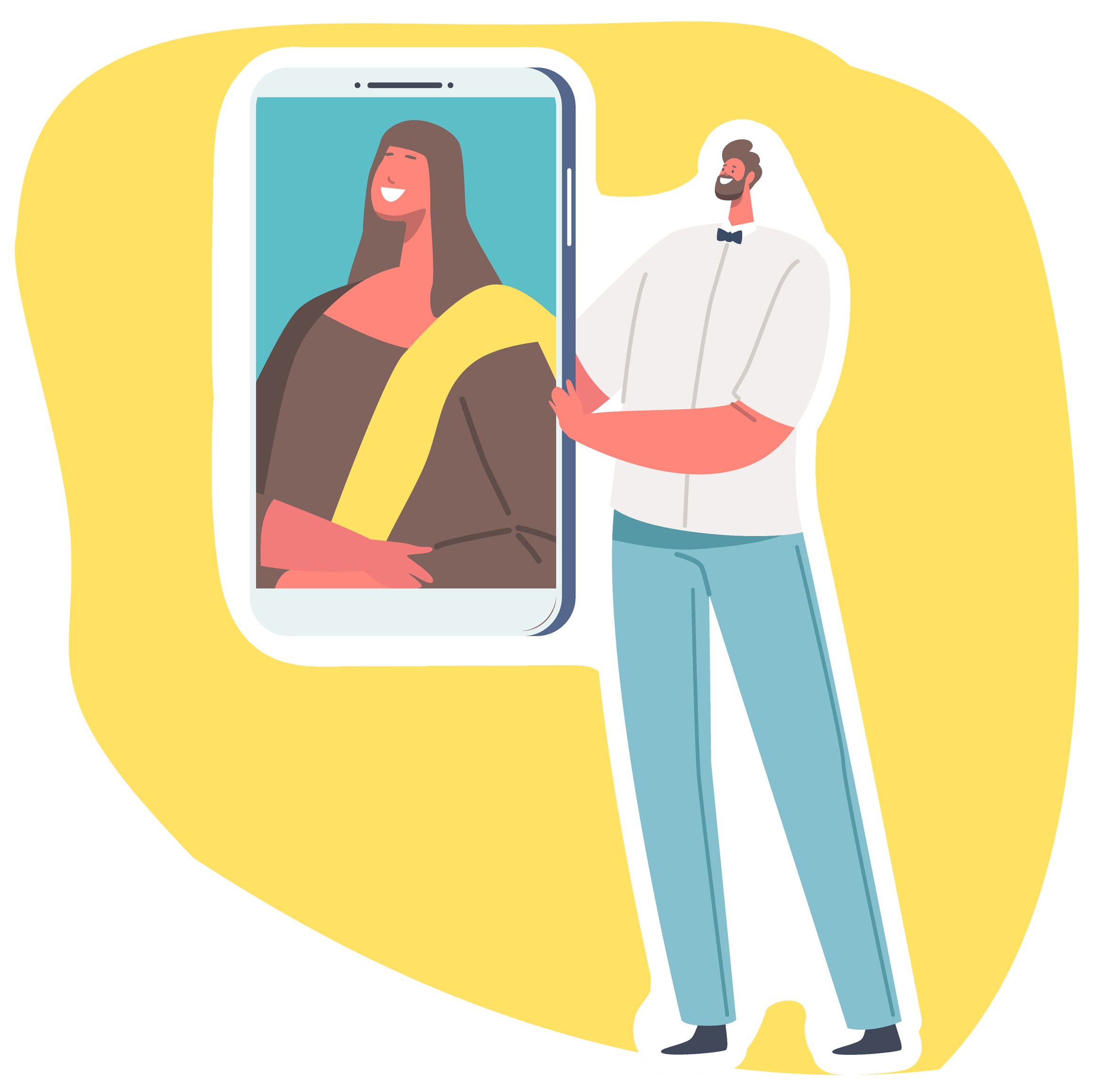
Here Is The Big Question
Why are people willing to spend so much money on something they could screenshot or download elsewhere?
“Because,” say Conti and Schmidt, “an NFT allows the buyer to own the original item.”
Also, since it has built-in authentication to serve as proof of ownership, collectors can amass an online collection. Some collectors even value “digital bragging rights” almost more than the item they’ve purchased.
People are starting to answer the question: how do we assign value to something that doesn’t exist?
What is a digital object worth?
“While we were all waiting for virtual worlds to spring up,” says Joe Procopio, entrepreneur and founder of TeachingStartup.com and GetSpiffy.com, “Facebook was selling out of Oculus. While we were laughing or wincing at the pop culture references in Ready Player One, Minecraft was letting its players build their own blocky starter-kit societies. And while we were debating the ‘realness’ of Bitcoin as a currency, someone was paying 170,000 real dollars for a CryptoKitty.”
If you’re an entrepreneur, you can’t help but wonder about the method of calculation on that $170,000 digital cat’s valuation.
The value of that CryptoKitty was determined by the expectation that its value would increase over time. That same speculation “drove the great alt-coin rush of 2017, and some painful lessons resulted in a hardening of the rules of value for digital currency.”
Many have found that some of the “must-haves” for almost every type of token come down to scarcity, supply and demand, ability to transact, and tangible proof of ownership.
The digital coin is still only a virtual piece of money, and ownership is still only in the virtual sense. But thanks to the implicit rules in the blockchain (documented by smart contracts), virtual ownership became “real enough.”
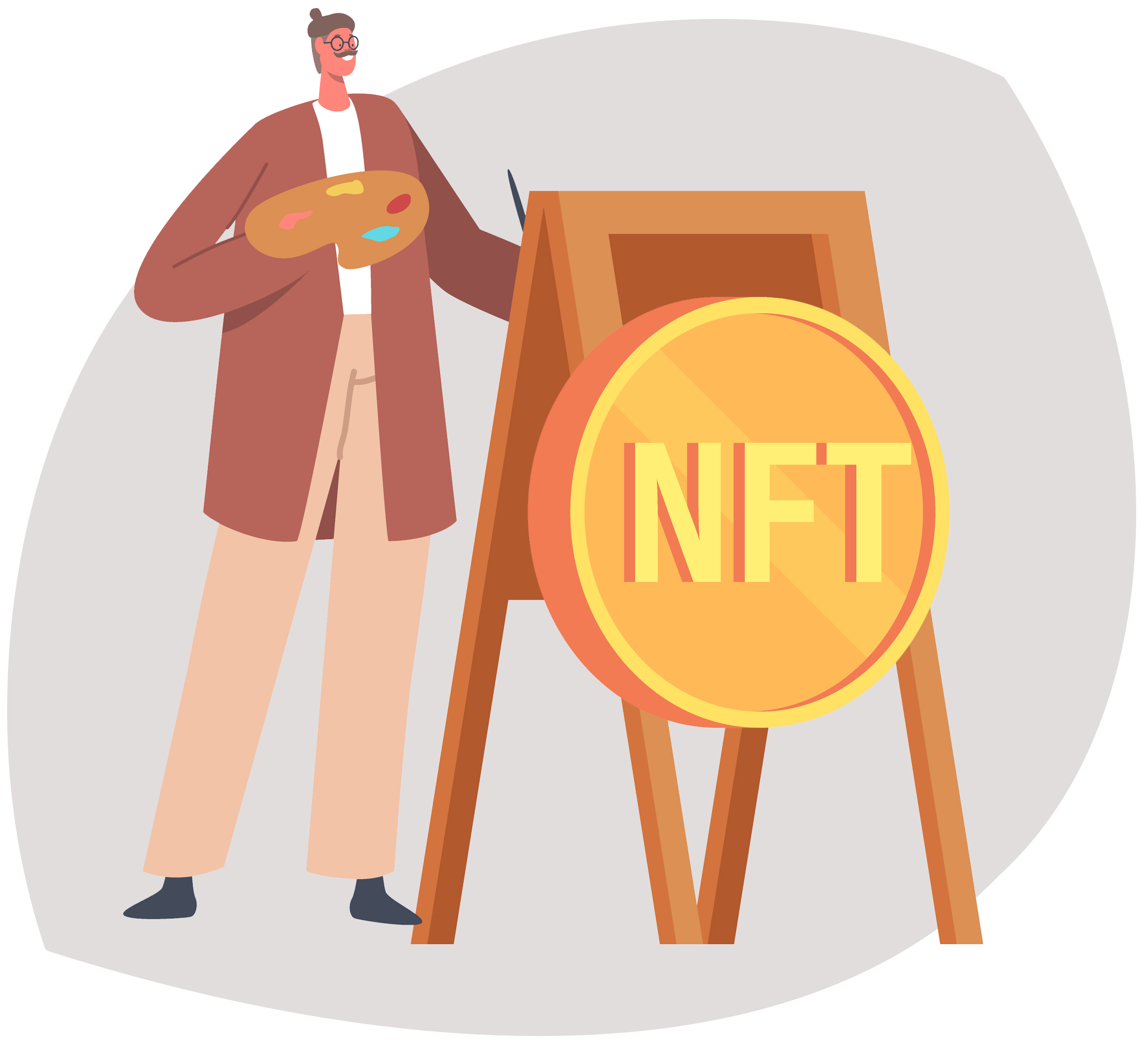
What’s the difference between an NFT and cryptocurrency?
NFT stands for Non-fungible token. A fungible asset, like physical money and cryptocurrencies, can be traded or exchanged one for another.
They’re also equal in value.
One dollar is always equal to another dollar and one Bitcoin equals any other Bitcoin.
In fact, cryptocurrency’s fungibility makes it a trusted means of conducting transactions on the blockchain.
On the other hand, a non-fungible asset, even if built using the same kind of programming as cryptocurrency, cannot be exchanged with any other non-fungible asset.
Each NFT has its own digital signature that makes it impossible for it to be exchanged for (or equal to) another one.
For example, say you have two different video clips from an NBA game.
One clip isn’t even necessarily equal to the other clip, much less to an entirely different work of art.
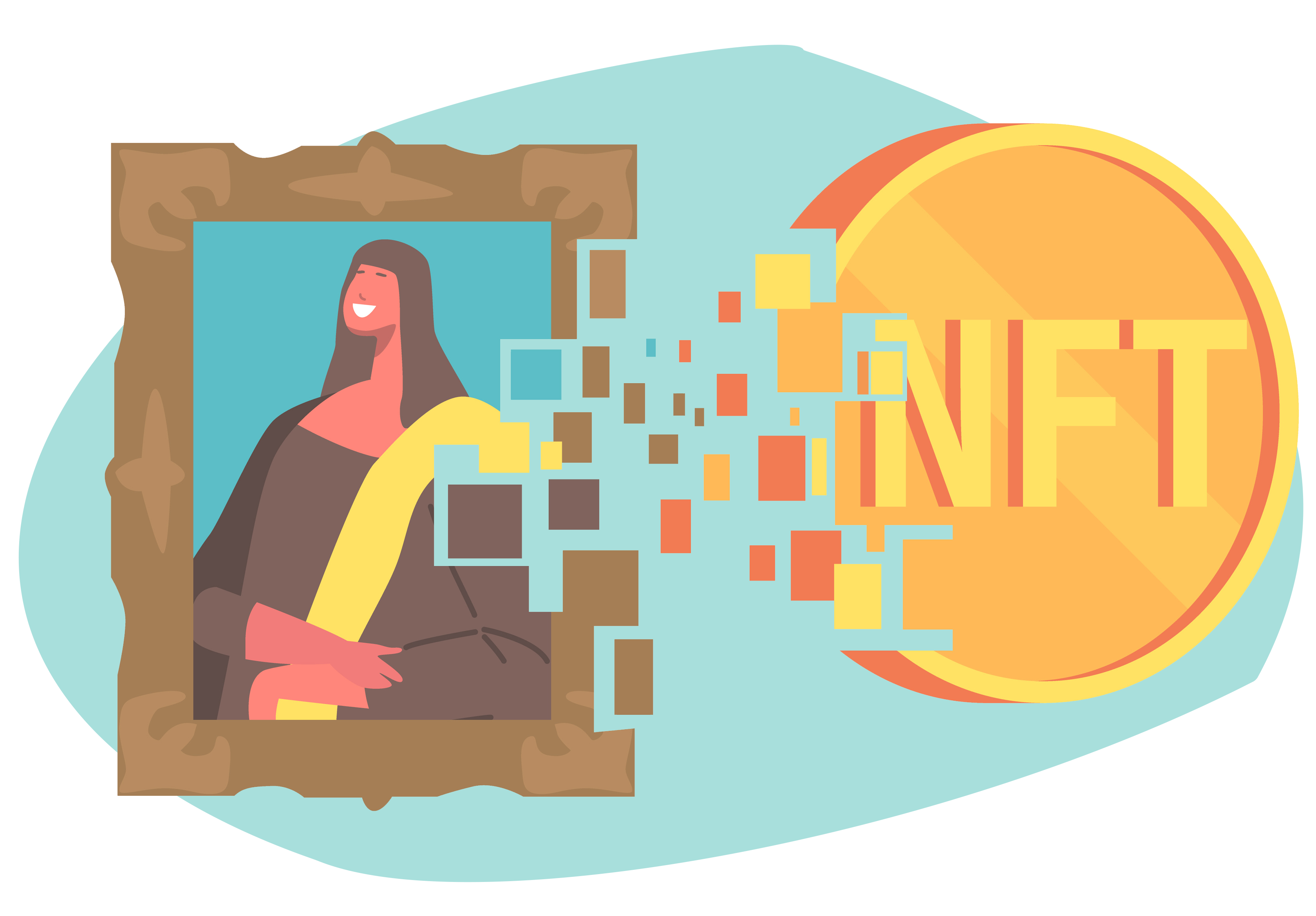
How NFTs Work
You’ve heard of blockchain, probably as the underlying process that makes cryptocurrencies possible. It’s basically a ledger recording transactions. If you want to learn more about Cryptocurrencies... please check out this article "Five Reasons To Get Into Cryptocurrencies And Blockchain Technology"
NFTS exist on a blockchain, usually the Ethereum blockchains (although other blockchains support them as well).
An NFT is “minted” (created) from digital objects representing both tangible and intangible items, including art, GIFs, videos, sports highlights, collectibles, video game skins & avatars, designer sneakers, and music.
You can even sell a tweet! In fact, Twitter co-founder Jack Dorsey sold his very first tweet as an NFT for nearly $3 million!
On that note... Please Share
This post has a lot of great info on what an NFT is... "What The NFT!? We Have Been Hearing About Them More And More…But What Are They?"
Essentially, an NFT is like a physical collector’s item, only it’s digital. Instead of buying a physical painting to hang over the mantel, you get a digital file. You also get exclusive ownership rights because an NFT can only have one owner at a time.
Its unique data makes it easy to verify ownership and transfer tokens between owners. Also, the creator or the owner can store specific information inside their NFT, such as the artist’s signature in the metadata.
NFTs give artists and creators the power to protect and authenticate their work like nothing before. With an NFT, a creator can certify that a piece of art is one of a kind. This can make the demand for NFT creation higher than ever.
The problem is, all the value proposition of a digital work is tied to speculation—the promise that the value of that work will increase (or at least hold steady) over time. Who’s making that promise, though?
This is where things can get sketchy, according to Joe Procopio. “Speculative value is not to be confused with value derived from usage.”
Let’s say you buy a saw to cut a piece of lumber for a shelf in your bedroom. The value of that saw is directly tied to the cost of making it plus how badly you need that board sawed. And as a saw owner, you’re not really interested in whether or not the value of the saw is going to go up over time. Speculative value is tied to market value.
“Your company,” says Procopio, “is worth what’s gone into it + the speculative value of the investment in that solution once that solution reaches peak market saturation.”
Investors buy shares in a company for one reason: they believe that down the road, someone else will pay more for those shares.
Collectibles like NFTs don’t have usage value like the saw does.
You buy a painting, and the value of that artwork is mostly tied to how it makes you feel, not how well it can cover a stain on your wall.
Collectibles have speculative value—and lots of it. You can purchase a piece of someone else’s painting, sitting on their wall. You may never even see that painting in person, but that’s not the point.
What you want is the return when someone else buys your piece of that painting for more than you paid for it.
“When you get your head around that,” says Procopio, “it opens up the possibilities for digital collectibles.”
When you stop caring about having an actual painting above your mantel, it doesn’t really matter whether or not that painting even exists in the real world—so long as the rules of ownership apply.
So investors are treating NFTs like you would any art investment. They are doing the research, knowing the risks, and proceeding with caution when deciding to buy.
Are YOU ready to create or invest?
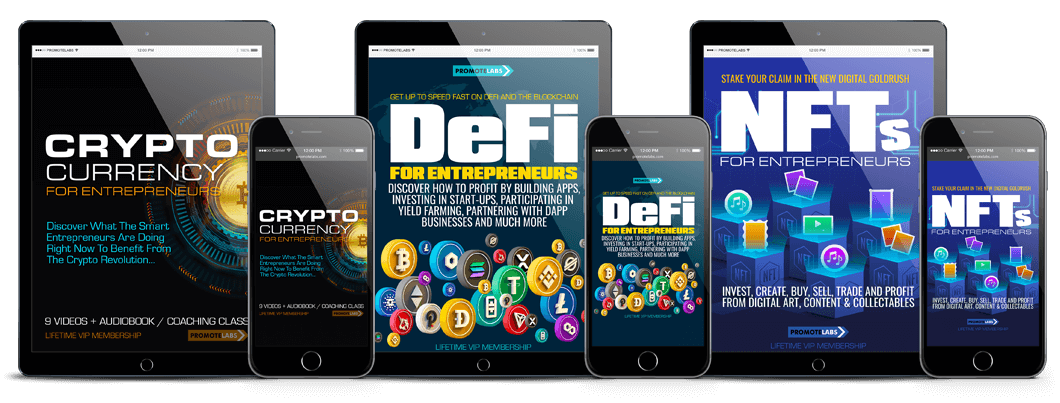
If you want to really get informed about Cryto, Defi and NFTs then, we got you. We've taken everything we've learned and started condensing it into easy-to-follow and understand video based courses to help everyone get up to speed.
So, we've released a 3 pack combo called the "Blockchain Bundle"
We normally sell each of the 2 courses available now and the one coming in Q1 2022 for $499/each ($1497 for all 3)
But you won't need to pay that much if you have read this post in time..
Right now you can get this collection at 80% off!
This is a time limited offer - click here for full details >>
Crypto, NFTs and the blockchain are the future – but you need to know what you’re doing in order to take advantage of this HUGE opportunity that’s right in front of you.
Make sure you get in the fast lane with our 3 courses in this space with lots more to come from us next year. Good Luck 🙂




